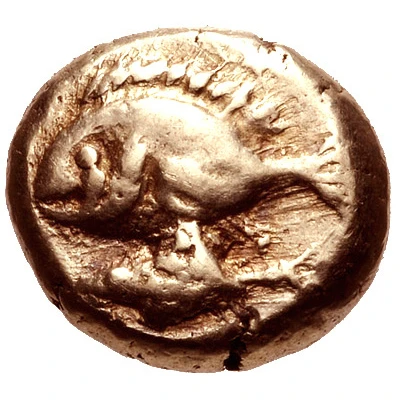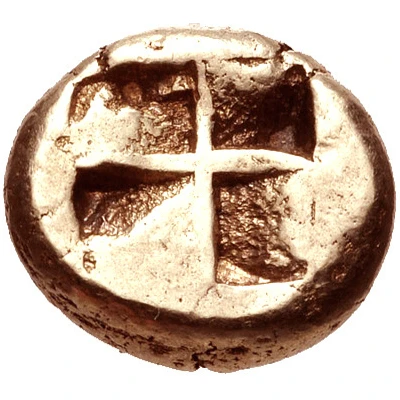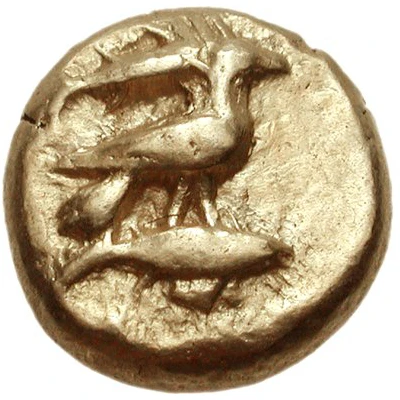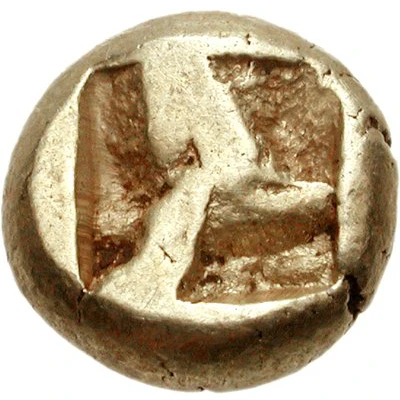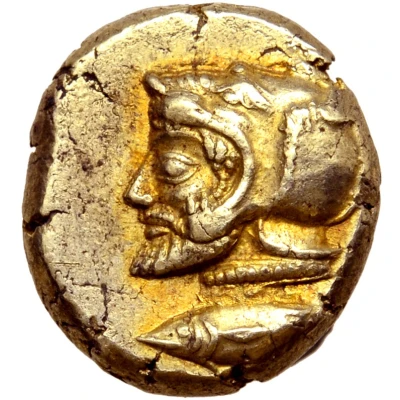
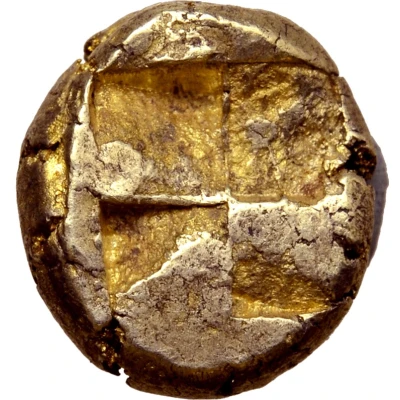

© Roma Numismatics Limited
Hekte 550 BC - 500 BC
| Electrum | 2.63 g | 11.0 mm |
| Issuer | Kyzikos (Mysia) |
|---|---|
| Period | City administration (600 BC - 1 AD) |
| Type | Standard circulation coin |
| Years | 550 BC - 500 BC |
| Value | Hekte (⅙) |
| Currency | Electrum Stater (600-330BC) |
| Composition | Electrum |
| Weight | 2.63 g |
| Diameter | 11.0 mm |
| Shape | Round (irregular) |
| Technique | Hammered, Incuse |
| Demonetized | Yes |
| Updated | 2024-10-10 |
| Numista | N#179586 |
|---|---|
| Rarity index | 100% |
Reverse
Quadripartite incuse square
Interesting fact
The Hekte coin was used as a form of currency in the ancient city of Kyzikos (Mysia) and was made of electrum, a naturally occurring alloy of gold and silver. Despite its small weight of 2.63 grams, the Hekte coin was a significant denomination in its time and was used for everyday transactions. Its design featured an image of a lion's head on one side and an inscription on the other, which helped to establish its authenticity and value. The use of electrum in the production of coins was a common practice in ancient civilizations, as it was a durable and valuable material that could be easily worked into different shapes and forms. The Hekte coin is a fascinating example of early coinage and the development of currency systems in ancient societies.
